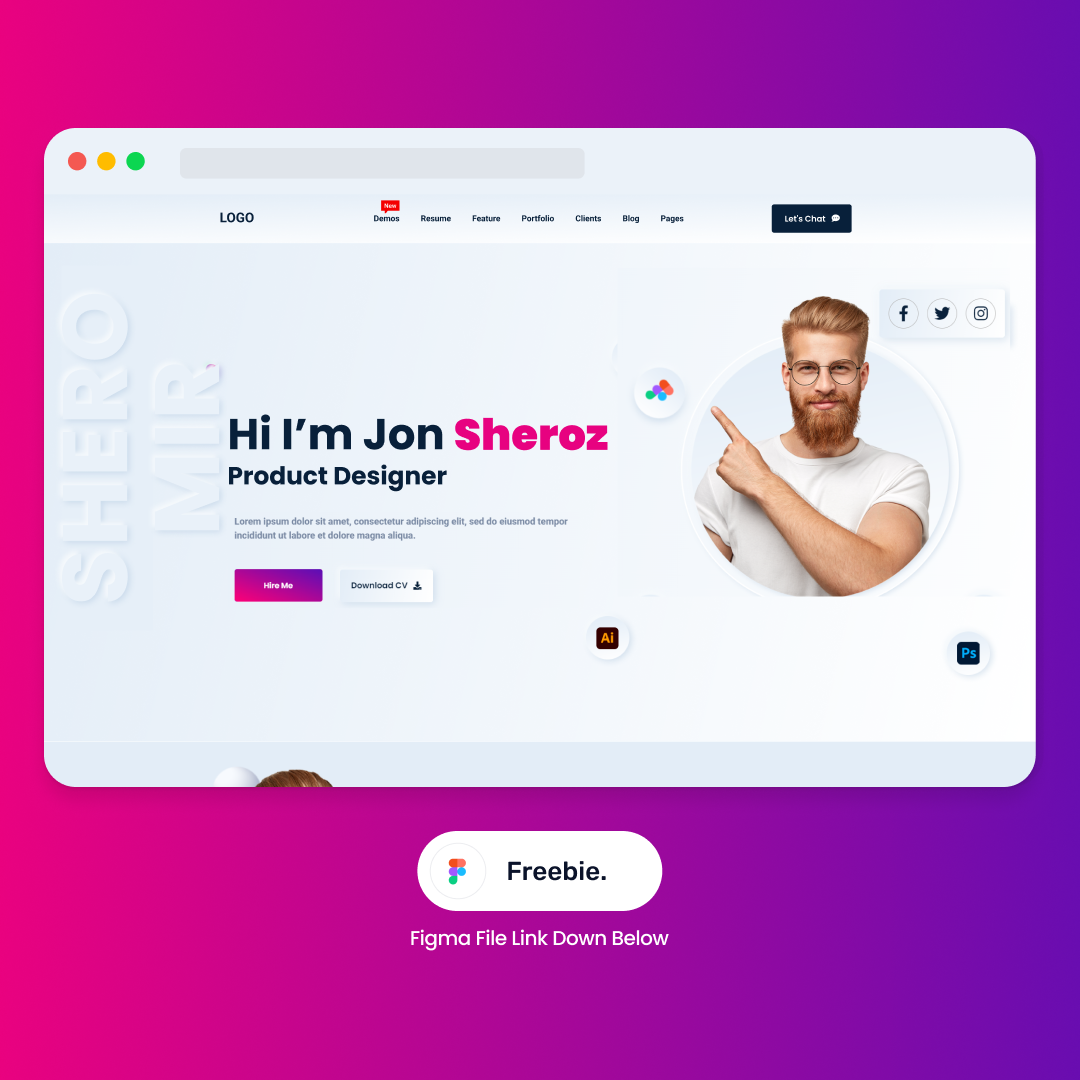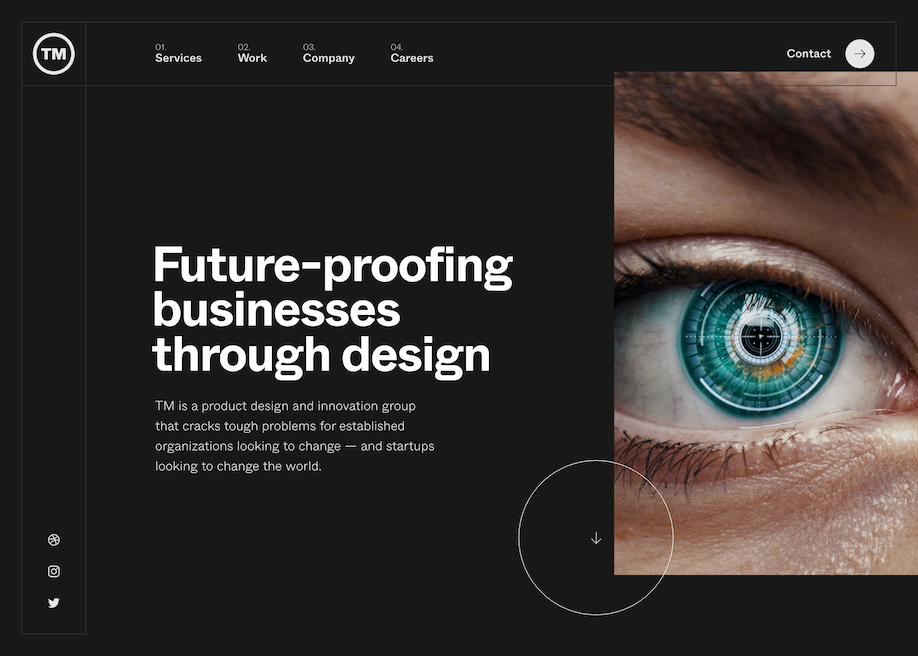Understanding User Experience: Trick Principles for Effective Website Design
In the world of internet layout, recognizing customer experience (UX) is paramount to creating platforms that not only draw in however likewise keep individuals. Secret principles such as user-friendly navigation and efficient comments mechanisms play important functions in promoting individual complete satisfaction. Furthermore, considerations for ease of access guarantee that all individuals can engage with the content seamlessly.
Importance of Customer Experience

In the world of website design, one can not undervalue the importance of user experience (UX) as a pivotal component that straight affects the success of a site. A positive UX not only boosts individual complete satisfaction but additionally cultivates commitment, encouraging repeat gos to and communications. When individuals come across a instinctive and appealing interface, they are more probable to discover the web content, transform into consumers, or share their experiences with others. This natural promotion can considerably intensify a brand's reach and exposure.
In addition, the value of UX prolongs past mere visual appeals. It incorporates the overall performance of an internet site, guaranteeing that navigating is smooth and information is quickly obtainable. Websites that prioritize UX are usually perceived as more qualified and trustworthy, which can have an extensive influence on conversion rates. In comparison, inadequate UX can lead to irritation, causing high bounce prices and lost opportunities.
Eventually, buying individual experience is not just a design choice; it is a tactical decision that can differentiate a brand in a crowded industry. By concentrating on UX, businesses can develop purposeful communications that reverberate with individuals, paving the way for sustained success in the electronic landscape.
Use Concepts
Reliable website design hinges on the application of crucial functionality concepts that make sure an internet site is both useful and straightforward. Central to these concepts is the principle of intuition, where individuals can navigate the site easily without substantial direction. Clear navigation frameworks, consisting of regular layouts and well-labeled food selections, boost this intuitive experience, enabling individuals to find information promptly.

Consistency is equally vital; keeping harmony in style elements, terms, and treatments across the site aids to lessen confusion. Customers must not have to relearn how to connect with various sections of the internet site.
In addition, error avoidance and healing are vital for usability. Internet sites must be developed to minimize the opportunity of user mistakes, and when errors take place, clear and positive mistake messages must direct users in the direction of resolution.
Availability Factors To Consider
Making sure accessibility in internet design is vital for producing comprehensive digital experiences that provide to all users, consisting of those with disabilities. go to this website Availability considerations include designing sites that suit diverse demands, enabling individuals with aesthetic, acoustic, cognitive, or motor disabilities to browse and communicate successfully.
To achieve this, web designers need to adhere to established standards, such as the Internet Content Ease Of Access Standards (WCAG) These standards offer a structure for making material perceivable, operable, understandable, and robust. Secret methods consist of ensuring adequate color comparison, giving text alternatives for non-text material, and making certain key-board navigability.
Additionally, semantic HTML ought to be used to improve display viewers compatibility, permitting customers with aesthetic impairments to comprehend the structure and significance of content with ease. web design. Offering clear, succinct instructions and utilizing uncomplicated language can better enhance functionality for people with cognitive specials needs
Regular ease of access testing, including genuine individuals with impairments, is important to identify barriers and improve the user experience. By focusing on accessibility, internet developers not only abide by legal criteria yet likewise promote an even more equitable digital landscape, inevitably benefiting everybody through improved use and involvement.
Visual Style Aspects
A myriad of visual style elements plays a crucial duty fit user understandings and experiences on a site. These components include color pattern, typography, whitespace, design, and images, each adding to the total visual allure and efficiency of a website.

Color schemes stimulate feelings and can influence customer activities; as an example, cozy shades may develop a sense of urgency, while cool shades commonly promote peace. Typography, on the other hand, affects readability and can develop a brand's individuality - web design. The option of font design and size must straighten with the site's objectives and target market
Imagery, consisting of icons and pictures, enhances narration and can significantly influence user involvement. Premium visuals create a sense of professionalism, while poor-quality pictures might diminish the customer experience.
Design and whitespace are just as essential, as they lead individuals via the content. A well-structured format helps individuals locate information swiftly, while adequate whitespace stops clutter, assisting in an extra pleasurable searching experience.

Checking and Iteration
User testing and version are basic components of a successful web layout process. Individual testing includes observing just how actual users communicate with a web site, recognizing usability issues, and comprehending individual actions.
Model, on the various other hand, is the process of refining the design based on the insights got from customer screening. By making step-by-step adjustments and re-evaluating the design, teams can enhance functionality, improve looks, and maximize customer involvement. This intermittent strategy cultivates a society of continual renovation, permitting developers to adjust to individual requirements and emerging trends efficiently.
Furthermore, integrating both user testing and model right into the layout he has a good point procedure causes more informed decision-making and ultimately results in an extra user-centered item. By accepting these principles, web developers can develop a lot more user-friendly, engaging, and efficient experiences that reverberate with their target market, eventually driving higher customer contentment and retention.
Final Thought
In verdict, user experience is an important component of efficient internet design, including use, accessibility, and aesthetic factors to consider. Continuous testing and version offer as vital processes for attending to and recognizing user pain points, making sure that internet designs remain adaptable to progressing demands.
In the world of web design, comprehending individual experience (UX) is extremely important to creating platforms that not only attract however likewise maintain customers.In the world of internet design, one can not underestimate the importance of individual experience (UX) as an essential component that straight affects the success of an internet site. Customer screening entails observing this contact form just how actual customers connect with a website, identifying usability concerns, and recognizing customer actions.In verdict, customer experience is an important part of efficient web style, encompassing usability, accessibility, and visual factors to consider. Continual screening and version serve as vital procedures for recognizing and resolving user pain factors, making certain that internet styles stay adaptable to advancing demands.